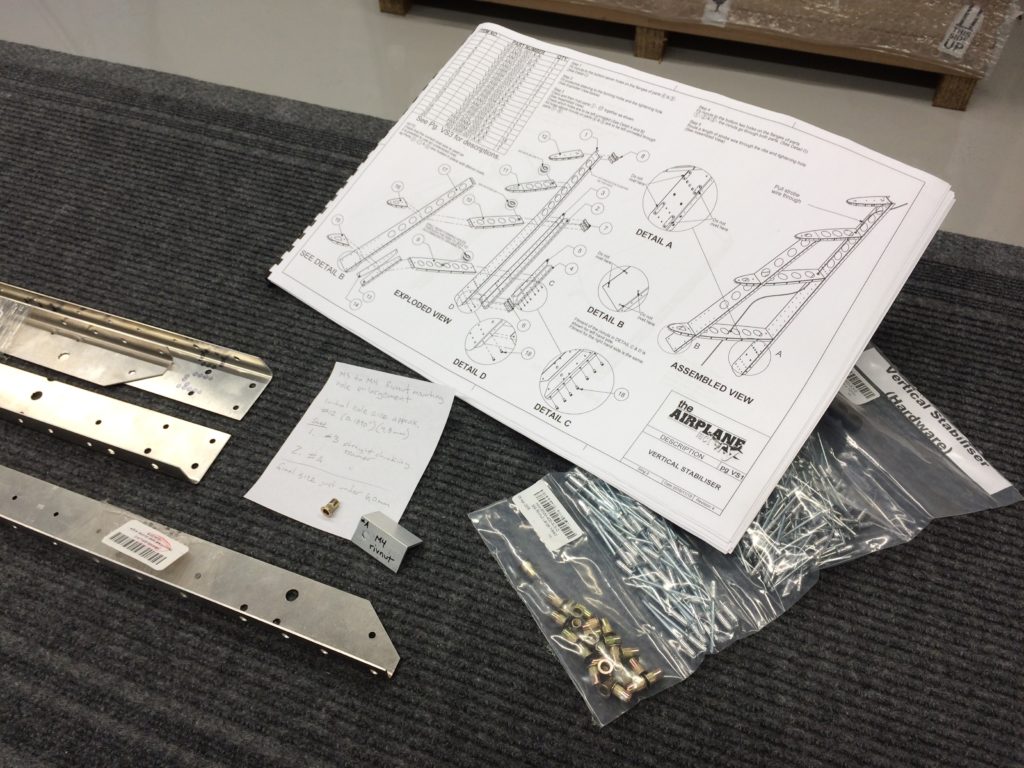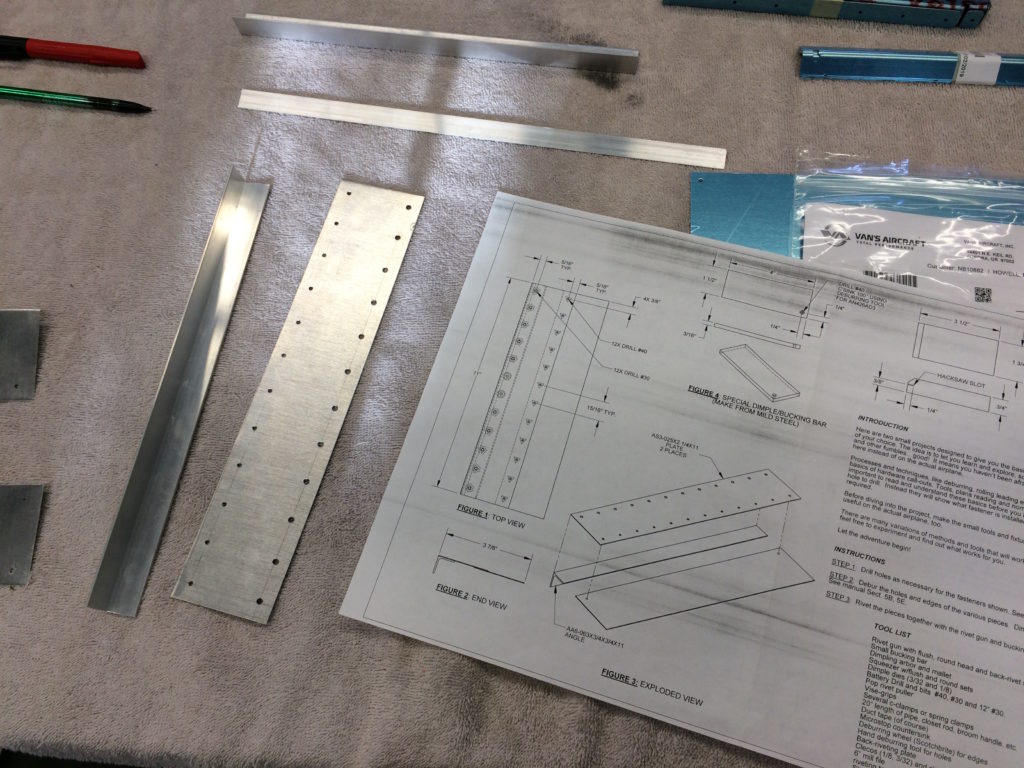Rivets, wires and avionics are friendly territory for me, compared to where I’m headed now. Fitting the windscreen and getting it bonded in position are tasks I’ve been apprehensive about – extremely apprehensive.
Manipulating clear acrylic sheet – Plexiglass and Perspex are brand names – that’s been molded into compound curves of unusual size, is just asking for trouble. I don’t like trouble. Dealing with this stuff is tricky, all by itself. Don’t even get me started about cutting or drilling holes in it. Eventually, I’m going to add sticky gooey pitch black marine adhesive caulk to the mix. That could easily lead to – yes, you guessed it – super trouble!
The time has come. I can’t avoid it any longer.
Because I opted for a factory quick-build kit, it came with the main canopy already trimmed and bonded to its painted composite frame. That’s fortunate because it may well have spared my frazzled nerves just enough to be able to deal with the windscreen.
The initial canopy placement seemed easy enough. Screw holes in the frame aligned with the ones in the slide assemblies. Countersinking of the frame will be needed to correspond with the short M8 stainless steel CSK mounting screws.
The arched windscreen support frame was fitted and match-drilled to align with M5 rivnuts that were installed at the factory. I made cardboard templates for left and right sides because they’re different. (They shouldn’t be – but that’s how the factory built it.)
The trial fit reveals that the rear edge of the windscreen will have to be cut back by at least 4 or 5 cm to align with the arched support frame. The lower rear edges (corners) of the plexiglass will just barely be under the fuselage top skin when it’s riveted in place. Precise positioning of the windscreen is going to be extremely important to avoid any unsightly gaps between the aluminum skin and the plexiglass.
A latch mechanism has to be fitted into the canopy. I inventoried the latch parts when I received them, but I could not have detected that the supplied spring was not correctly formed. I checked with the factory and confirmed the situation. They’re going to send me a replacement spring.
Windscreen cutting, drilling and bonding comes next.


